Is it mainly silky versus earthy?
Posted on July 8, 2014
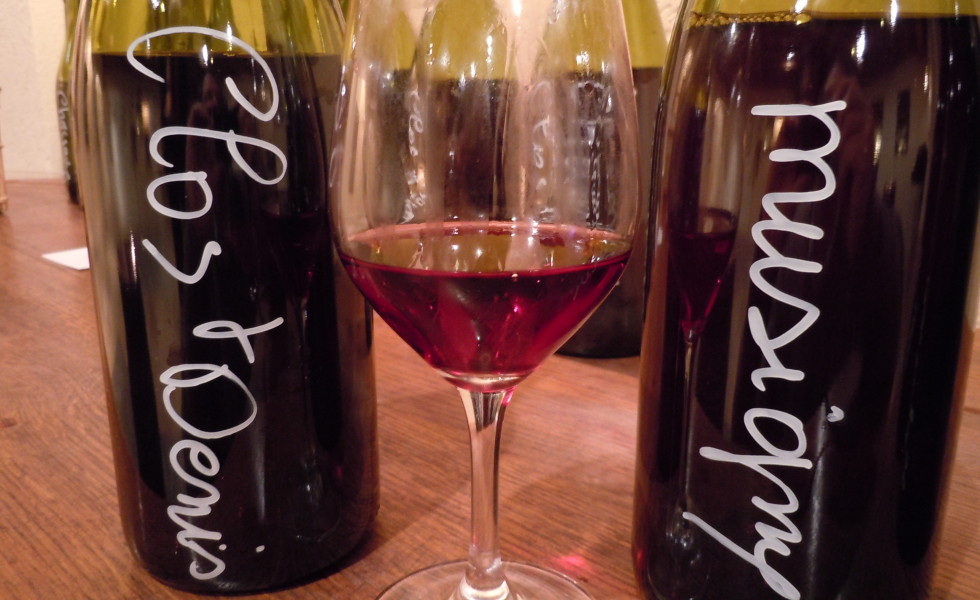
Comparing Morey-Saint-Denis with Chambolle Musigny can be treacherous
By Panos Kakaviatos for wine-chronicles.com
To accompany an order of Kobe beef, a customer at the Chanticleer Restaurant on Nantucket Island took my advice back in 2008 and ordered a Domaine Pierre Amiot et Fils Morey-Saint-Denis Aux Charmes Premier Cru 2003, which I had recommended as full-bodied.
He knew his Burgundy, and remarked that it was also earthy: “It reflects Morey-Saint-Denis,” he said.
Bouchard Père & Fils in profile – and recalling a magnificent 1961
Posted on July 6, 2014
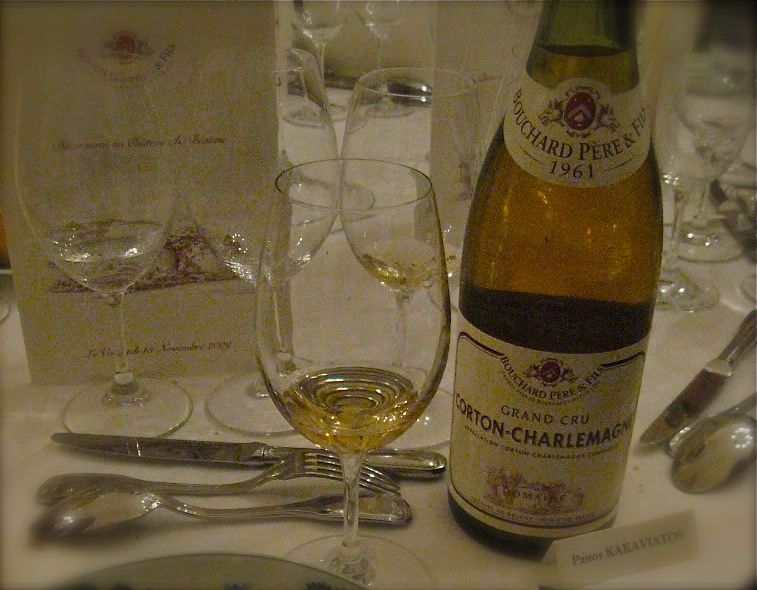
Gently sloping vineyards, separated by some of the most charming villages that France has to offer, grace Burgundy’s myriad plots and micro climates, which yield such varied wines from the single grapes Pinot Noir for red and Chardonnay for white. Each time I go, I make it a point to discover a new domain, to meet the owner, to visit the cellar and the vineyard and to taste the wines.
With that in mind I am planning an #winelovers tour in September – stay tuned :-).
To get a bird’s eye view of a given vintage, visit a reputable maison de negoce, because they make wines covering many more appellations than most single domains can.
One of the very best maisons de negoce today is Bouchard Pere & Fils. Over time, by acquiring various terroirs, Bouchard Père & Fils boasts 130 hectares of vines, of which 12 are classed grand cru and 74 premier cru. Director Philippe Prost is as charming as he is informative. Over the years I have enjoyed tasting horizontals with him at the domain to get a sense of vintages from 2003 up to 2012 most recently, with wines from Montrachet, Corton-Charlemagne, Beaune Greves Vignes de l’Enfant Jésus, Bonnes-Mares, Meursault Perrières: names that “resonate with history” as the Bouchard website proclaims.
In honor of Barolo: UNESCO World Heritage Site
Posted on July 5, 2014
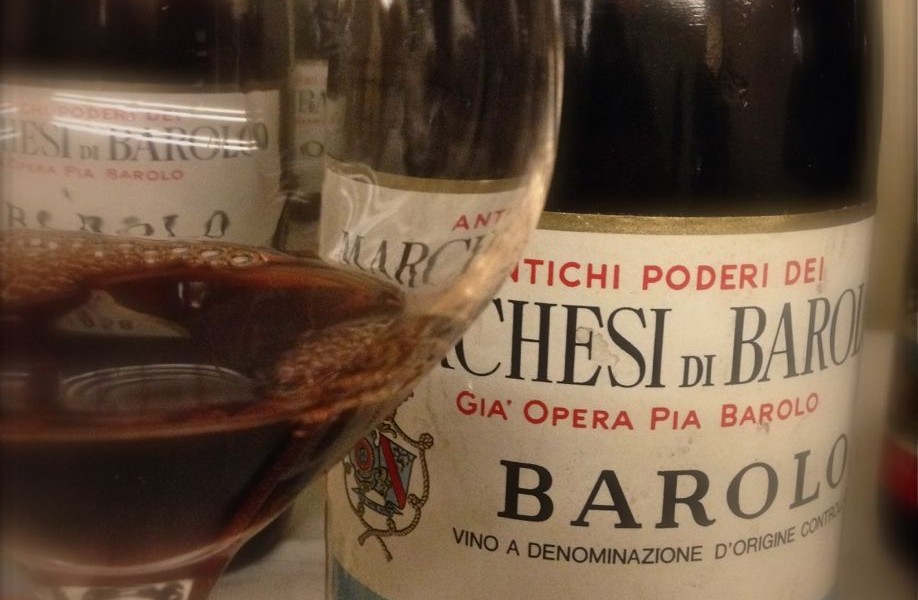
By Panos Kakaviatos for wine-chronicles
In honor of Barolo being named a UNESCO world heritage site this year, I (finally) post notes from a special Barolo vertical tasting reaching back to vintages from the 1950s and guided by friend and Italian wine lover expert and author Ian d’Agata at the Merano Wine Festival 2013 from Marchesi di Barolo.
It was great to meet Anna Abbona, who is president of Marchesi di Barolo and her daughter Valentina Abbona who represents Marchesi di Barolo globally, and is currently based in Shanghai.
The World Heritage Committee of the United Nations last month added the “vineyard landscape of Piedmont: Langhe-Roero and Monferrato” to its over 1,000 cultural and natural sites and practices.
REVISION: Burgundy producers request aid as over 3,000 hectares damaged, worth estimated 75m euros in lost revenues
Posted on July 2, 2014
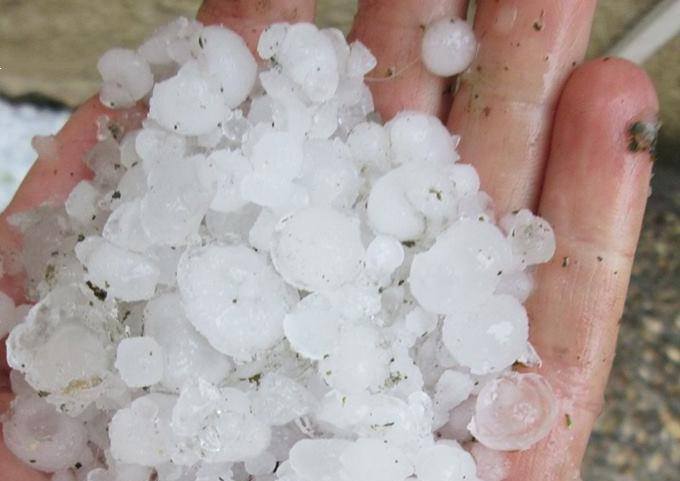
By Panos Kakaviatos for wine-chronicles / 2 July 2014
REVISION: “damaged” not “destroyed” – plus details on over 2,000 hectares struck in the Nord Mâconnais and the Côte Chalonnaise.
An earlier version of this posting used the word “destroyed” for some 3,000 hectares mainly in the Cote de Beaune but some also in the Cote de Nuits. After talking with a representative of the Burgundy Wine Council, a more accurate word is “damaged” – it is at this early stage still difficult to ascertain to what extent vines that were hit were damaged: completely destroyed or just partially.
In any case, the smaller sized hail – about the size of a euro coin – proved more deadly than the bigger stones as the smaller stones swept in like machine gun fire and severely damaged leaves, grapes and vines according to various French news reports.
Tired of expensive wine
Posted on June 30, 2014
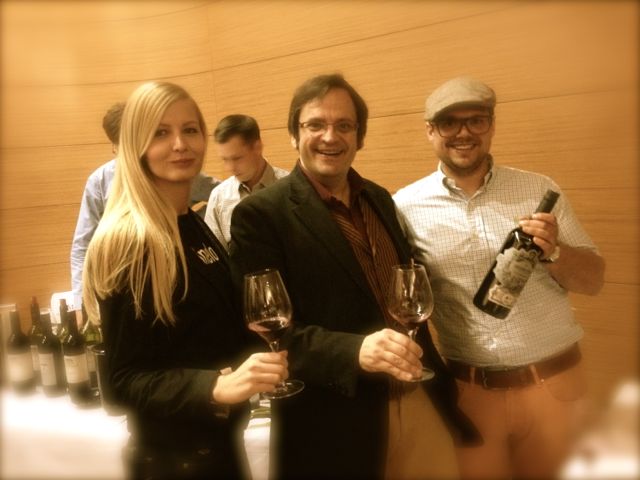
By Panos Kakaviatos for wine-chronicles
An original wooden case of six bottles of Clos des Lambrays 2012, purchased direct from the domain, cost me over €600. Clos des Lambrays is hardly the most expensive grand cru Burgundy. While more expensive than, say, most Corton grands crus, it is not nearly as onerous on the wallet as Grands Echezeaux or Musigny – to take but two examples. But prices will go up from this lovely estate, which in April was purchased by French luxury giant LVMH. That is what director Thierry Brouin told me when I visited in June 2014.
I do love high end wine. While in Florence this past May – for a once-in-every-four-years symposium for the Institute of Masters of Wine, which cost me almost €2000 to attend including lodging, travel and the event itself – I was able to taste expensive cult wines like Pingus and Henschke Mount Edelstone among others. Over dinner at Chateau Haut Bailly in 2013, I also drank Screaming Eagle and Harlan (I prefer Harlan as it seems more classical). As some readers know, I regularly taste Petrus from barrel at the en primeur barrel tastings in Bordeaux and hold fond memories of recent visits to Krug and Dom Perignon and Jacques Selosse in Champagne.
But before I start imitating James Suckling, are you not getting annoyed with (1) über expensive fermented grape juice too posh for its own good and (2) insufferable show offs claiming “I tasted this” and “I tasted that” (mea culpa)?
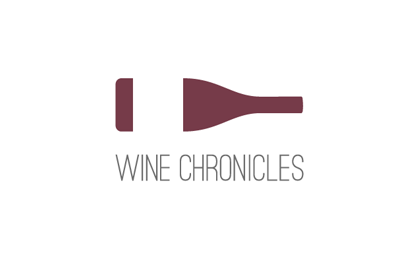 Wine Chronicles
Wine Chronicles
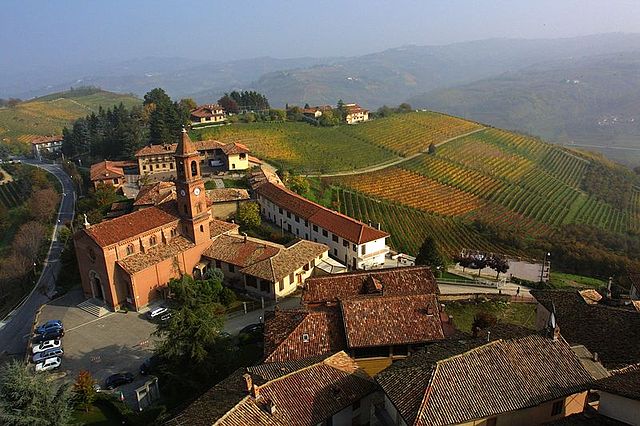
Recent Comments